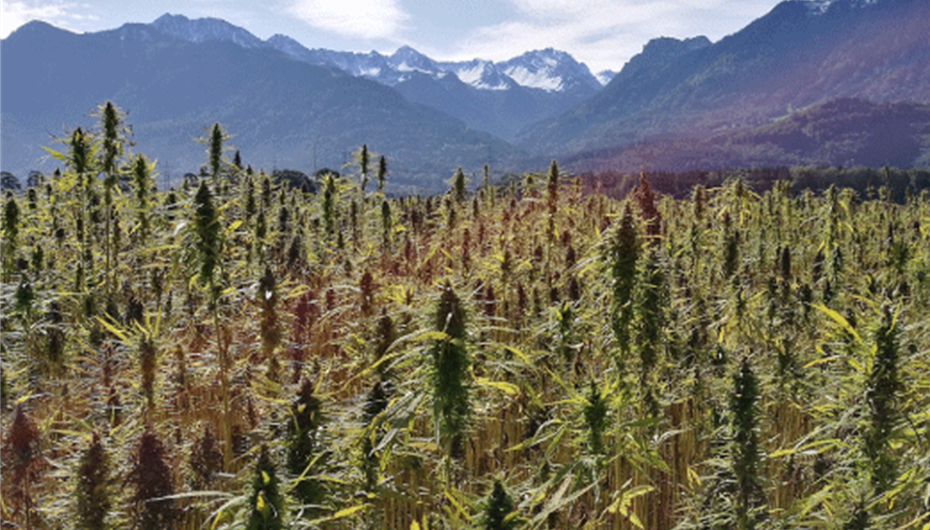In the history of cannabis insurance there has never been a insurance company willing to offer coverage for cannabis plants growing outside. Think about it, the chances of something going wrong due to weather or criminals seeking an easy target had scared off most insurance companies. Indoor crop insurance has been available from approximately two companies knowing those plants are protected by four walls, video, alarms, and gated windows.
However, the thought of offering outdoor crop insurance was unheard of until now.
The insurance industry is conservative my nature. The availability of outdoor crop insurance is considered a giant leap forward for both the cannabis and insurance industry. There are many variables analyzed by actuaries attempting to quantify if a program of this nature will be viable long term. Those variables include understanding the numerous hail storms that occur in Colorado. That California is subjected to many wild fires. Washington State can experience flooding and wind damage. Knowing an insurance company analyzed these types of risk was the last frontier in cannabis insurance to be conquered.
Of course, there are coverage limitations meaning how much the insurance carrier is willing to cover along with underwriting requirements particularly focused on the security of those living plants, water availability to combat a fire, and brush clearance surrounding the property. These are reasonable expectations every outdoor cannabis farmer should be incorporating even if insurance wasn’t involved.
The coverage limits offered by the insurance company are more generous on cannabis (THC) as opposed to Hemp (CBD). The reason seems to point toward the lack of regulations within CBD industry. The types of covered losses such as fire, theft, and hail should be carefully reviewed along with specific exclusions with a licensed insurance broker specializing in the industry.
How will the insurance carrier determine the value of my outdoor plants?
The application has a designated area to determine values based on the stage of the plant. These stages such as seedlings, vegetative, flowering, and harvested can be insured in “layers” of coverage amounts.
For example, the number of flowering plants multiplied by the wholesale value will equal total plant value. If a cannabis grower had 1,000 flowering plants valued at wholesale at $500 per plant, then the insurance coverage amount would be $500,000. The value of seedlings is less than the value of harvested plant material.
Knowing the wholesale value of those plants will fluctuate, it will be important for the cannabis grower to be certain their limits will sufficiently protect them from a loss.
Reprinted with permission at shoppotinsurance.com
Register for FREE to comment or continue reading this article. Already registered? Login here.
1





